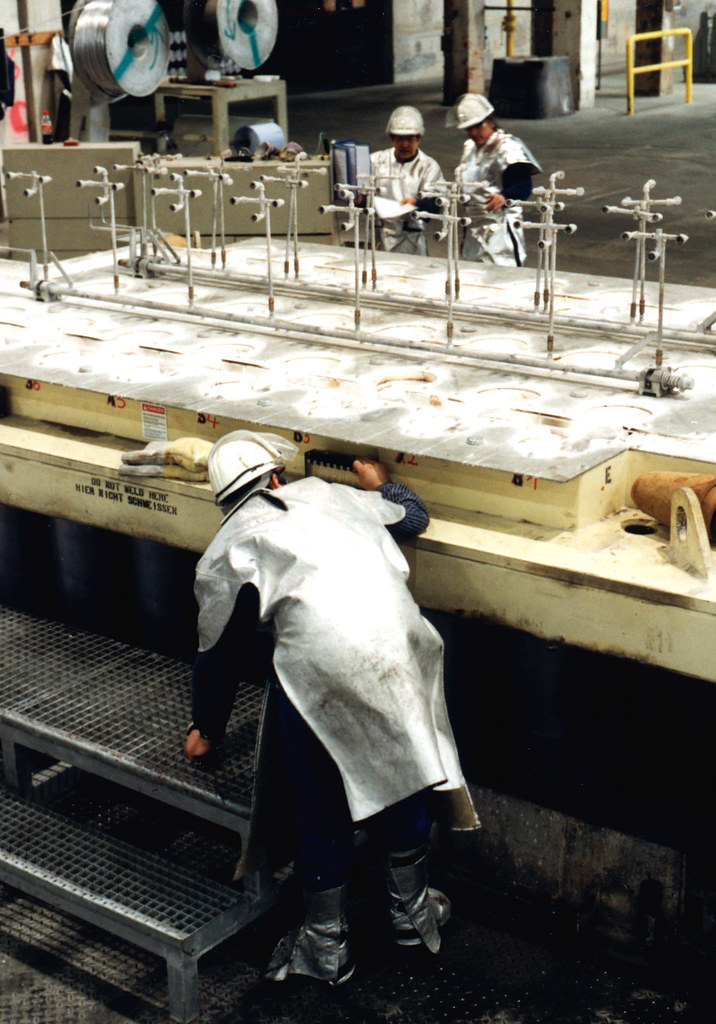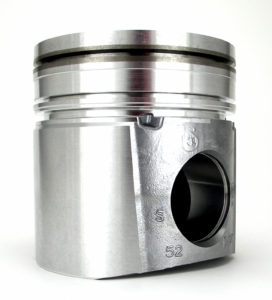
Metal casting plays a crucial role in both art and industrial applications, offering versatility in creating intricate designs and robust components. From the fluid art of sand casting to the precision of die casting, understanding the various types and shapes of metal casting can help you choose the right method for your needs. This guide explores different casting techniques and their applications, providing actionable insights for artists and industry professionals alike.
The Versatility of Aluminium Die Casting

Aluminium die casting is a popular method for producing high-volume, high-precision parts. This process involves injecting molten aluminium into a steel mould under high pressure, allowing for the creation of complex shapes with tight tolerances.
Benefits of Aluminium Die Casting:
- High Precision: Achieve intricate designs and detailed features with consistent accuracy.
- Strength and Durability: Aluminium parts are lightweight yet strong, making them ideal for automotive and aerospace industries.
- Cost-Effective: Suitable for large-scale production runs, reducing the overall cost per unit.
Exploring Gravity Die Casting
Gravity die casting, also known as permanent mould casting, uses gravity to fill the mould with molten metal. This method is often employed for producing medium to high-volume parts that require good mechanical properties and surface finish.
Why Choose Gravity Die Casting?
- Improved Mechanical Properties: The slow cooling rate enhances the strength and density of the cast parts.
- Surface Finish: Achieves a smoother surface compared to sand casting, reducing the need for additional machining.
- Repeatability: Ideal for producing consistent, high-quality parts in larger quantities.
The Advantages of Low Pressure Die Casting
Low pressure die casting involves applying low pressure to push molten metal into the mould cavity. This process is particularly useful for casting aluminium and magnesium alloys, offering a balance between quality and production efficiency.
Key Benefits of Low Pressure Die Casting:
- Reduced Porosity: The controlled pressure minimises air entrapment, resulting in denser and more reliable parts.
- Enhanced Strength: Parts produced through this method exhibit superior mechanical properties.
- Versatility: Suitable for producing complex shapes and thin-walled sections with excellent dimensional accuracy.
The Art of Sand Casting
Sand casting is one of the oldest and most flexible metal casting methods. It involves creating a sand mould and pouring molten metal into it. This technique is widely used for both artistic and industrial applications due to its adaptability and cost-effectiveness.
Highlights of Sand Casting:
-
- Flexibility: Capable of casting a wide range of metals, including iron, steel, and bronze.
- Customizability: Ideal for producing large, complex, and unique shapes that might be challenging with other methods.
- m production volumes.
Addressing Casting Porosity with Sealing & Impreg
- Affordability: Low tooling costs make it an economical choice for low to mediunation
Casting porosity, the presence of tiny holes or voids within the cast metal, can weaken the final product. To enhance the strength and integrity of cast parts, professionals often use porosity sealing and impregnation techniques.
Methods for Porosity Sealing:
- Vacuum Impregnation: This process involves placing the cast part in a vacuum chamber to remove air and then filling the voids with a sealant.
- Pressure Impregnation: Applying pressure to force the sealant into the porosities, ensuring a thorough and effective seal.
- Heat Cure: Curing the sealant with heat to solidify it within the pores, enhancing the part’s strength and leak resistance.
Bringing It All Together
Understanding the various types and shapes of metal casting can significantly impact your projects, whether you’re an artist creating a sculpture or an engineer designing automotive components. Each casting method offers unique advantages, and choosing the right one depends on your specific needs, such as the desired material properties, production volume, and budget.
Collaborating with a professional can further enhance your results, as they bring expertise and precision to the casting process, ensuring the final product meets your exact specifications. By leveraging the strengths of each casting method and addressing challenges like porosity, you can achieve exceptional quality and performance in your metal casting projects.
Embrace the possibilities of metal casting to transform your creative ideas or industrial designs into reality. With the right knowledge and techniques, you can unlock the full potential of this versatile manufacturing process.
